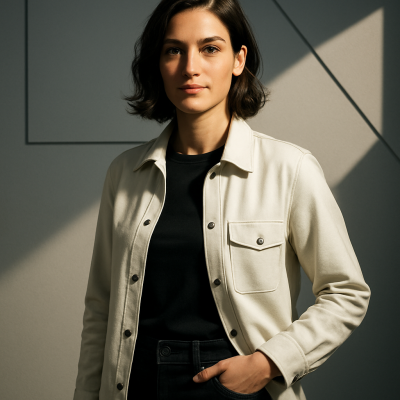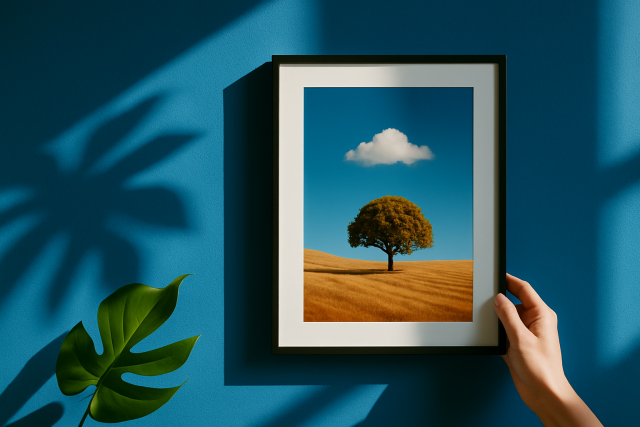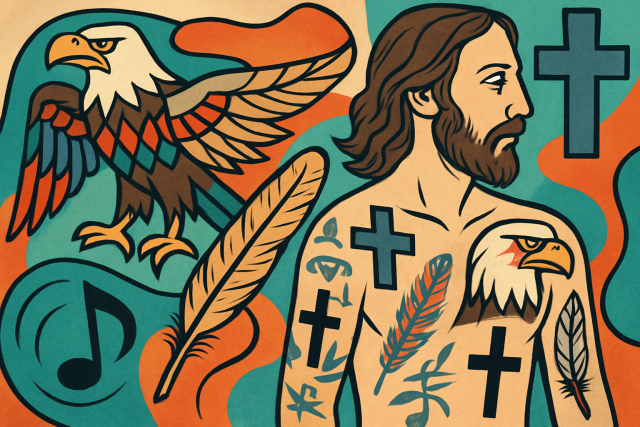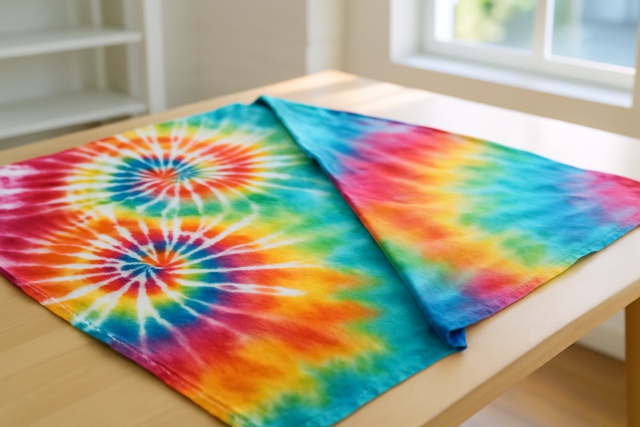What Makes Masters of Contemporary Photography Stand Out?

Photography is constantly changing not just as an art form but as a powerful way to tell stories. The masters of contemporary photography set themselves apart by mixing creativity and cultural insight with solid technical chops. They have a knack for shaking up how we perceive the world around us.
A Fresh Look at Modern Visual Storytelling in Contemporary Photography
Contemporary photography usually refers to images created from the late 20th century right up to the present day. Instead of playing it safe with classic techniques or simple straightforward representation, it loves to dive into experimentation and embrace a wide range of perspectives. You will often find it weaving in digital technology, acting almost like a mirror to modern culture and social issues.
- Contemporary photography is really setting the pace for innovation not just in how the images are captured but in the ideas they dare to explore.
- It spans a broad spectrum of subjects from bustling cityscapes to the quirky beauty of abstract shapes capturing the rich tapestry of human experiences.
- Digital tools and new media have become indispensable, blending photography with other art forms in ways that feel fresh and exciting.
- Traditional rules about composition and presentation are often bent or completely rethought to bring about something new and unexpected.
- More than just pretty pictures this work frequently holds up a mirror to society and digs into social and cultural issues with a sharpness that keeps it relevant and thought-provoking.
So, Who’s Really Calling the Shots in Contemporary Photography These Days?
Masters of contemporary photography are rare artists whose vision and skill have genuinely helped shape the modern photographic landscape. Their work spans a wide array of styles and themes and often sparks new trends and opens doors for photographers and viewers alike.
- Cindy Sherman has made a name for herself with conceptual self-portraits that explore the messy world of identity and how we present ourselves to others.
- Andreas Gursky is known for his massive photographs that spotlight globalization and consumer culture.
- Sebastião Salgado captures striking black-and-white images that shine a hard light on pressing social and environmental issues.
- Nan Goldin gets up close with her photography, documenting raw and unfiltered slices of life from intimate subcultural moments.
- Steve McCurry’s evocative portraits tell rich stories across cultures and pull you into worlds you might never have imagined.
- Rineke Dijkstra offers portraits that hit the mark with empathy and insight, often focusing on youth and the bittersweet process of change.
Masters of contemporary photography never fail to inspire us by boldly pushing the visual boundaries and uncovering those hidden stories that might otherwise slip right past us. They invite photographers and viewers alike to take a closer look, to peer beyond the surface, and to discover that richer meaning waiting quietly underneath.
Important Factors That Help Masters Truly Stand Out
Masters of contemporary photography truly stand out thanks to their unique approach that blends creativity and skill with a keen sense of relevance. They have this knack for drawing you in with innovative techniques and compelling stories and visions that resonate on multiple levels.
Creative use of light and composition that magically transforms everyday scenes into striking memorable images.
Storytelling that pulls viewers in and weaves thoughtful layered narratives beyond just the surface visuals.
Skilled technique ensures everything runs like clockwork—smooth and seamless—from camera settings through editing.
An emotional punch that truly connects on a personal level and sparks empathy or introspection along the way.
Insightful cultural commentary that questions or reflects on social values and concerns, making you pause and think.
Flexibility in embracing new trends and tech keeps things fresh and relevant over time as we try to keep up with the ever-changing pace.
Creative Approaches and Styles That Really Make a Difference
Masters of contemporary photography often dive headfirst into unconventional techniques like long exposures, multiple exposures and digital manipulation to create truly unique visual styles. They don’t just stop at still images—they mix photography with video, installation and performance art. They constantly push the boundaries of the medium and offer fresh and sometimes surprising ways for us to experience images.
How Storytelling Shapes Their Work (and Why It’s More Than Just a Buzzword)
Masters do more than just showcase technical skill. They skillfully weave narrative layers into their images, capturing the rich tapestry of human experiences and social realities.
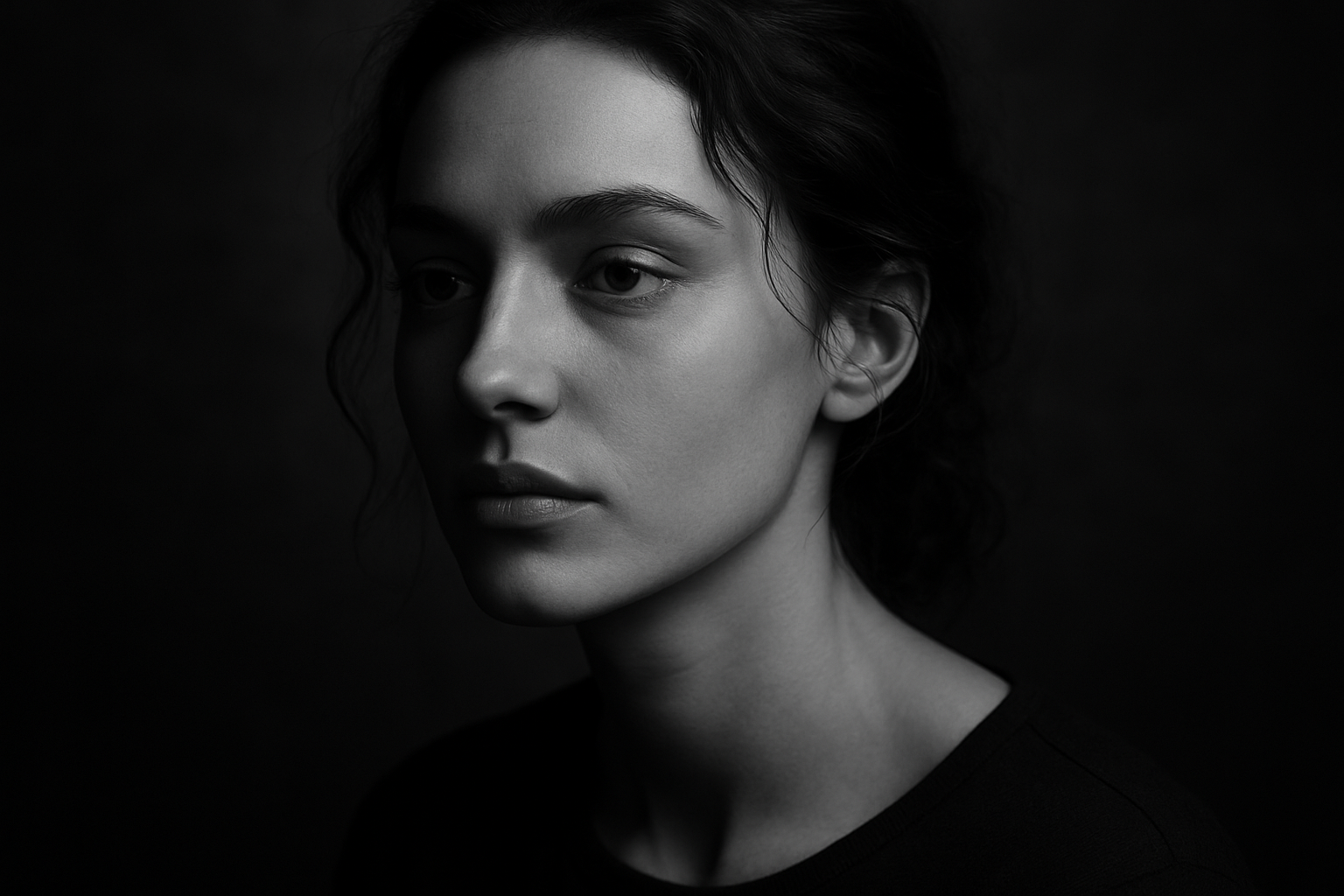
Blending Technical Skill with a Spark of Artistic Vision
Precision in camera work and image processing is absolutely important, yet it always hinges on a clear artistic vision that keeps everything grounded. Seasoned creators have this knack for knowing how every technical choice—from selecting the right lens to picking the perfect editing tools—can subtly shape the story and mood.
Cultural and Social Significance where traditions meet everyday life in the most fascinating ways
These photographers often hold up a mirror to social norms or throw down the gauntlet to challenge them, which makes their work strike a chord with a wide audience and sparks conversations around some pretty important issues we’re all facing today
Tools and Technologies Shaping Today’s Top Experts (and How They Keep Ahead)
Contemporary artists skillfully blend timeless techniques with cutting-edge tools packed with stunning detail. On top of that, AI-assisted editing and multimedia elements bring a whole new layer of depth to their creative process.
- Digital cameras armed with advanced sensors that capture fine details even when lighting is poor.
- Software like Adobe Photoshop and Lightroom offers the magic touch for subtle tweaks and creative flourishes.
- Drone photography opens up fresh angles and cinematic shots once out of reach.
- AI-powered editing tools simplify your workflow and add smart enhancements you might not have thought of.
- Multimedia integration weaves photography with video, sound and interactive features to craft truly immersive stories that draw you in.
Common Misunderstandings About Masters of Contemporary Photography Clearing Up the Confusion
There’s no shortage of myths about the masters of contemporary photography—like the notion that they rely solely on pricey equipment or that their work is an exclusive highbrow club. But if you ask me, creativity, vision and storytelling weigh far more than the gear itself.
- Mastery is not all about technical skill, strong concepts and a spark of innovation play a key role.
- Creativity is not some exclusive club, it is open to all genres and styles.
- Success does not boil down solely to market appeal, artistic quality matters greatly.
- Lessons handed down by masters are not just about exclusive, hard-to-grasp topics.
- Artistic intent is not so abstract or elusive that most people cannot connect with it.
Learning From Leading Figures in Contemporary Photography A Journey Worth Taking
Aspiring photographers often find a treasure trove of inspiration by diving deep into the work of the masters of contemporary photography—whether that is flipping through their portfolios or visiting exhibitions. Soaking up their wisdom in interviews and books also helps. Giving different techniques a whirl and seeking honest feedback are important if you want to truly learn from the experts.
Take a close look at their portfolios to catch recurring themes and signature technical styles.
Make it a point to visit exhibitions and galleries where you can experience their work up close. Sometimes seeing the art in person adds a new layer of understanding.
Dive into interviews and books to get a feel for their philosophy and what sparks their inspiration. Learn how they navigate creative choices.
Experiment with techniques inspired by their work to expand your skill set.
Seek honest, constructive feedback from mentors or peers because it’s like having a friendly guide to fine-tune your craft according to the high standards set by the masters.
Rather than blindly copying trends, try creatively adapting current photography styles so they resonate with your unique voice.

